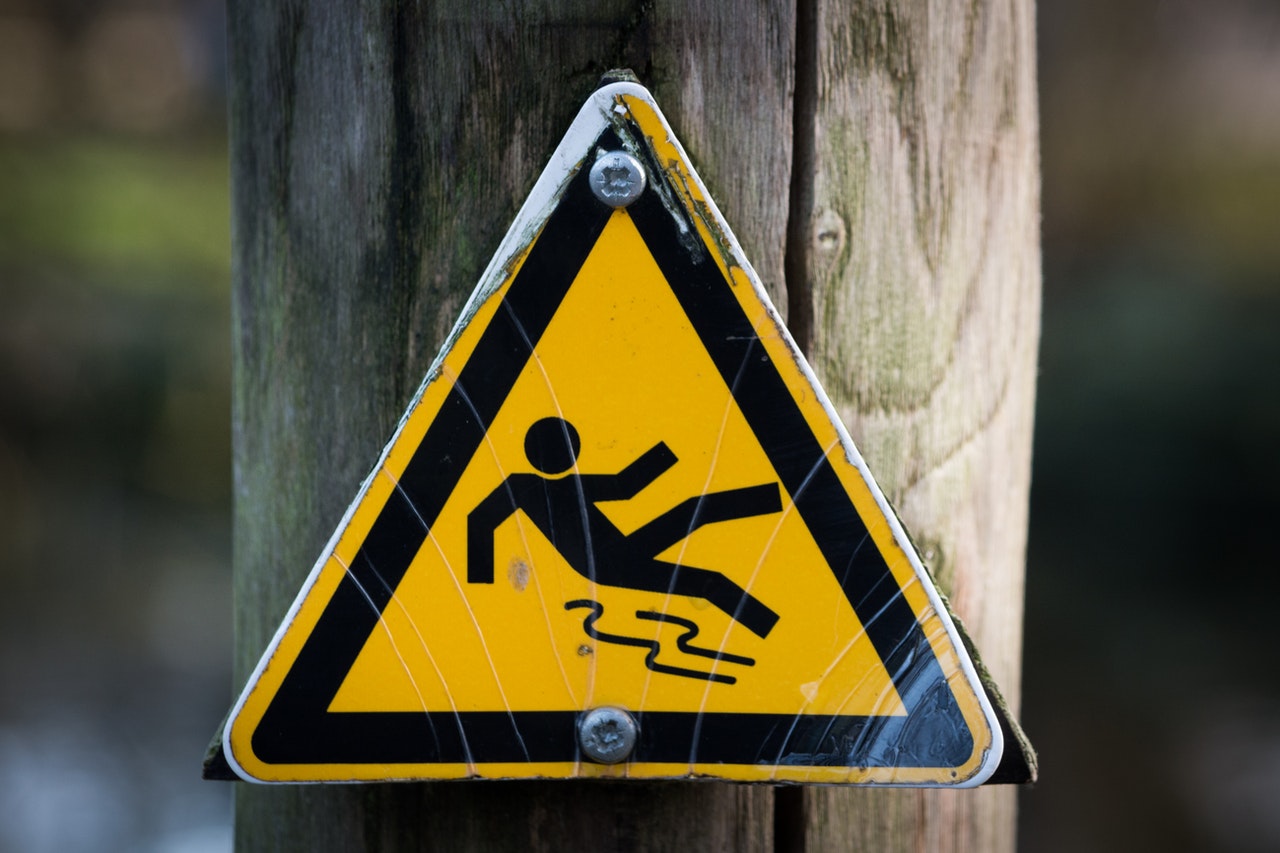A satisfying workplace is only obtained in a healthy and safe environment. It is of utmost concern when a nanny or other household employee is taking care of family members, particularly children and seniors who are more susceptible to household injuries and accidents. Aside from federal, state, and local laws governing a healthy and safe workplace, household employers may take some basic steps to ensure household safety. These home safety measures apply to any home or household member, and can easily apply to household workers. By reviewing the list below, you will be better prepared to avoid a household employee injury.
Top Five Workplace Injuries
While these are the top workplace injuries for all workplaces—not just the home—many are relevant to the home environment and show that when someone is employed in the home it is still his or her workplace, and therefore workplace safety is just as relevant as in another location. Here are the top five workplace injuries according to NMS Health.
1. Exposure to harmful substances or environments
In 2020, the leading cause of work-related injury and illness requiring time away from work was exposure to harmful substances or environments. This overtook overexertion and bodily reaction for the top spot with exposures accounting for 36% of all injuries or illnesses due in part to the influx of COVID-19 infections.
However, COVID-19 infection is not the only harmful substance or environment included in these calculations. It also applies to:
- Exposure to radiation and noise
- Exposure to electricity
- Exposure to extreme temperatures
- Exposure to air or water pressure changes
2. Overexertion and bodily reaction
Overexertion and bodily reaction dropped down to the second leading cause of injury and illness in 2020, making up approximately 22% of cases requiring time away from work. These injuries are caused by motions that impose stress or strain on a part of the employee’s body.
These can occur in a variety of ways such as:
- Non-impact injury: Resulting from excessive physical effort directed at an outside source. These injuries can be caused by activities like lifting, pushing, turning, holding, carrying, or throwing
- Repetitive motion injury: Caused by microtasks which stress or strain part of the body over time due to the repetitive nature of the task. These typically occur without strenuous effort such as heavy lifting
3. Slips, Trips, and Falls
While slip, trip, and fall cases have decreased from 2019 by approximately 32,000 cases, they still accounted for 18% of workplace injuries in 2020 securing their place as the third leading injury type. Slips, trips, and falls are also the second leading cause of workplace deaths.
As the name suggests, there are many situations where these injuries could occur:
- Slips and trips without falling: Occurring when a worker catches him/herself from falling due to slip or trip
- Falling on the same level: Including tripping, slipping, falling while sitting, and falling onto or against object on the same level
- Falling to a lower level: Including falling from a collapsing structure, falling through surfaces, and falling from ladders, roofs, scaffolding, or other structures
- Jumping to a lower level: Different from falls because they are controlled and voluntary
4. Contact with objects/equipment
Contacts with objects or equipment accounted for 17% of work-related injuries in 2020 with 196,140 cases.
These incidents are often referred to as “struck-by” and “struck-against” accidents and include:
- A moving object striking a worker
- A worker striking against an object, including bumping into, stepping on, kicking, or being pushed or thrown onto an object
- A part of a worker’s body being squeezed, pinched, compressed, or crushed in equipment, between shifting objects, between stationary objects, or in a wire or rope
- A worker being struck, caught, or crushed in collapsing structure, equipment, or material
- A worker being injured because of friction or pressure between the person and the source of injury
- A worker being injured from vibration
5. Transportation incidents
While transportation incidents were the leading cause of work-related deaths in 2020, they are the fifth leading cause of non-fatal injuries at work. The account for approximately 3% of injuries or illnesses requiring days away from work.
Transportation incidents include both roadway and non-roadway incidents involving motorized land vehicles. Roadway incidents involving motorized land vehicles include injuries to vehicle occupants on public highways, streets, or roads normally used for travel and on shoulders and surrounding areas such as telephone poles, bridge abutments, and trees located alongside roadways. Non-roadway incidents include injuries to vehicle occupants away from public roadways in locations like fields, factory floors, parking lots.
Because having an employee carries a risk of injury in your home, we highly recommend having a workers’ compensation insurance policy in place (in New York, you may be required to have one). Workers’ compensation will cover necessary medical bills and a portion of your employee’s wages should he/she become injured or ill as a result of duties. This ultimately protects you, as an employer, from a lawsuit. Another benefit is the security knowing that coverage is available in the event of an employee injury on the job.
For more information, please contact us at (518) 348-0400.

